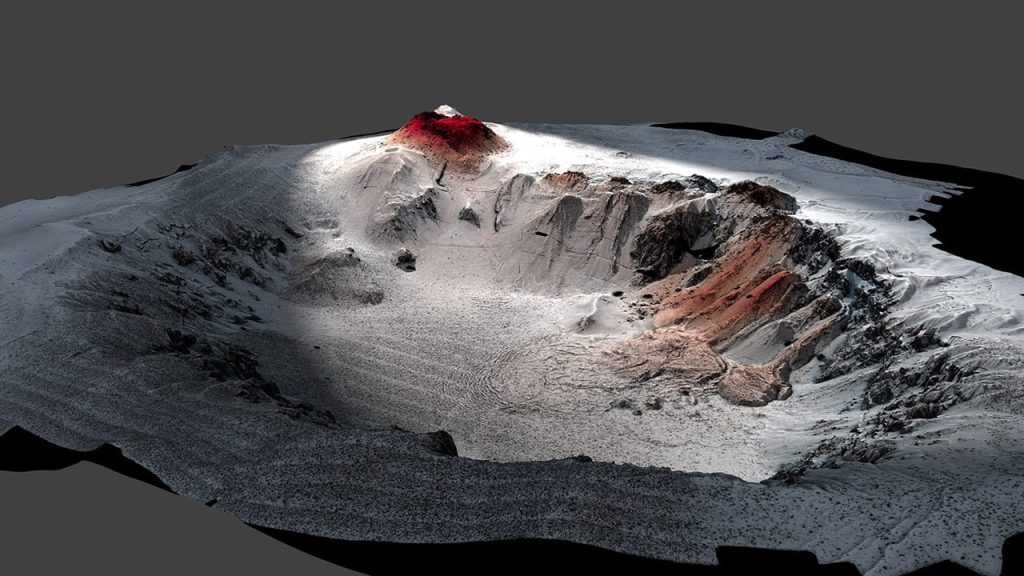
Carefully directed underwater sound in the form of sonar can reveal detailed views of otherwise invisible seafloor features. Here, it showed the changing topography of the caldera of the Havre underwater volcano. Credit: Rebecca Carey, University of Tasmania, Adam Soule, WHOI, © Woods Hole Oceanographic Institution
What are acoustics?
Acoustics is the science of sound; ocean acoustics attempts to describe how sound behaves in the ocean. A strong understanding of how sound behaves in different conditions beneath the surface of the water or the seafloor helps scientists answer fundamental questions about the planet, the ocean, and marine life.
Sound travels much farther than light through water —in some cases, up to thousands of miles. The speed of sound in the ocean also varies, increasing with increases in temperature, salinity, and pressure (depth). These characteristics make sound an excellent tool to study questions about the physics, chemistry, and biology of the ocean that would be difficult or impossible to approach any other way.
Ocean acoustics can involve detecting and interpreting naturally occurring sounds such as those made by whales and fish or earthquakes, as well as man-made sounds such as those made by ships. Scientists also purposely generate sounds in order to measure ocean currents, track temperature changes over vast areas of the ocean, or measure water depth and map the seafloor. Because sound travels well through solids scientists also use it to probe the structure of sediments and rocks deep beneath the seafloor in order to study such things as the geophysical processes that generate earthquakes, volcanoes, and tsunamis.
All Topics on Acoustics
Acoustic Doppler Current Profiler (ADCP)
An Acoustic Doppler Current Profiler (ADCP) uses sound waves to measure water current speed at multiple depths, helping scientists study ocean and river flow.
Sonar Single Beam
Echo sounding uses sound waves bounced off the ocean bottom to calculate depth. The faster the sound waves return, the smaller the water depths and the higher the elevation of the seafloor.
Multibeam Bathymetry
Multibeam bathymetry is based on the fact that more beams are better than one. About 30 years ago, the US Navy developed a system that could send out many beams…
Autonomous Hydrophone Array (AHA)
Hydrophone arrays "hear and record sound waves generated by seismic events, submarines, or whales, and are installed in places that don't block sound wave transmission.

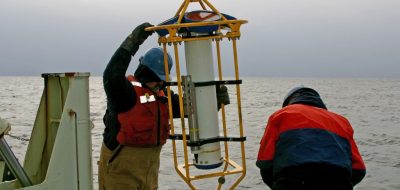
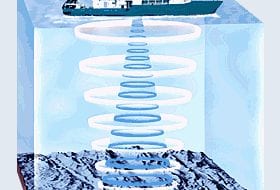
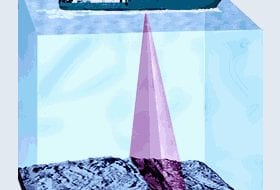
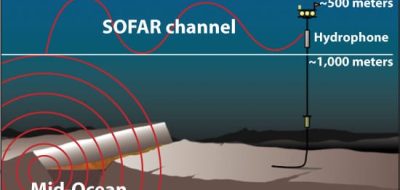

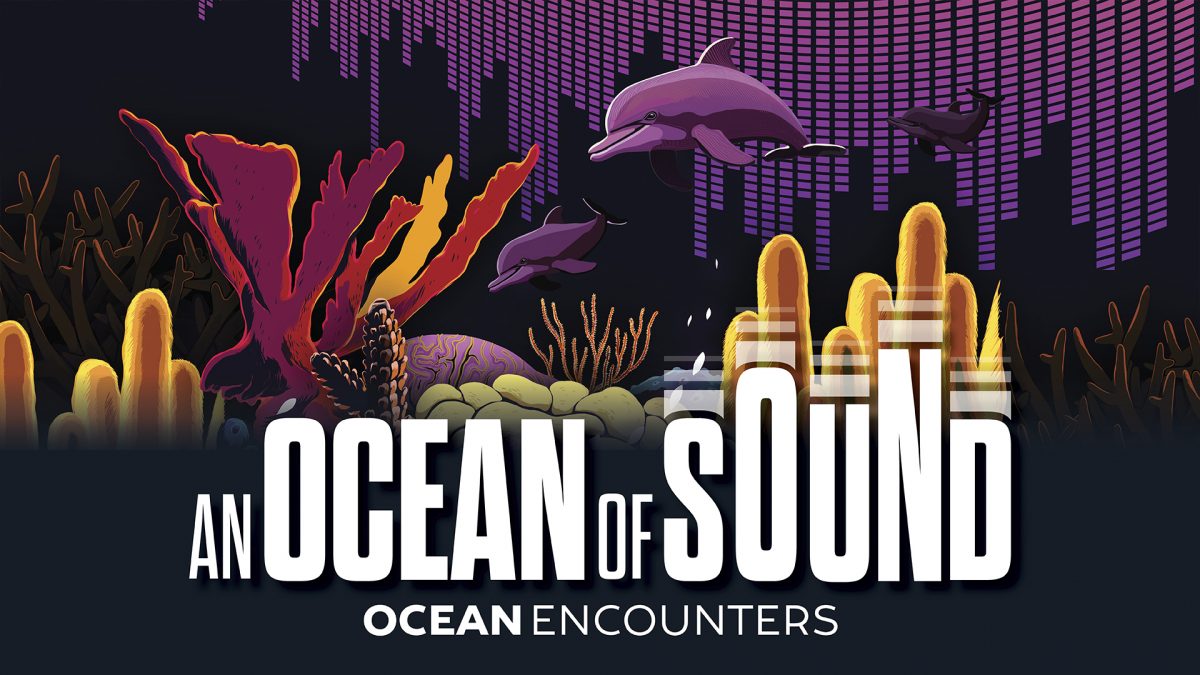
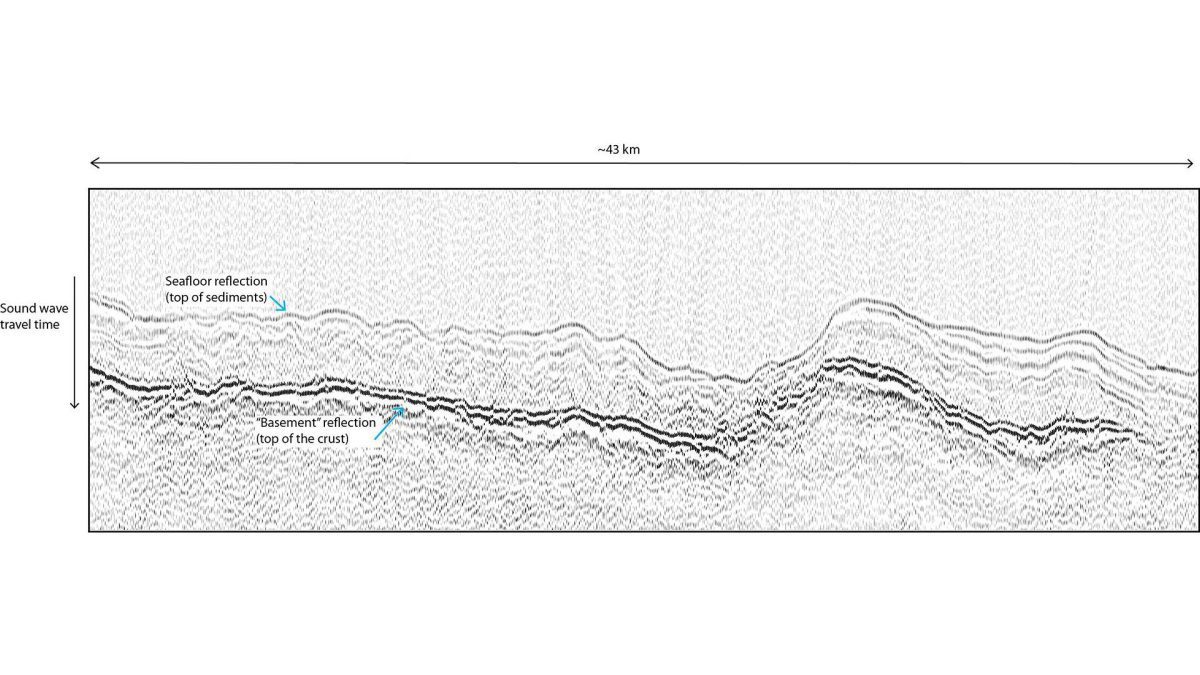
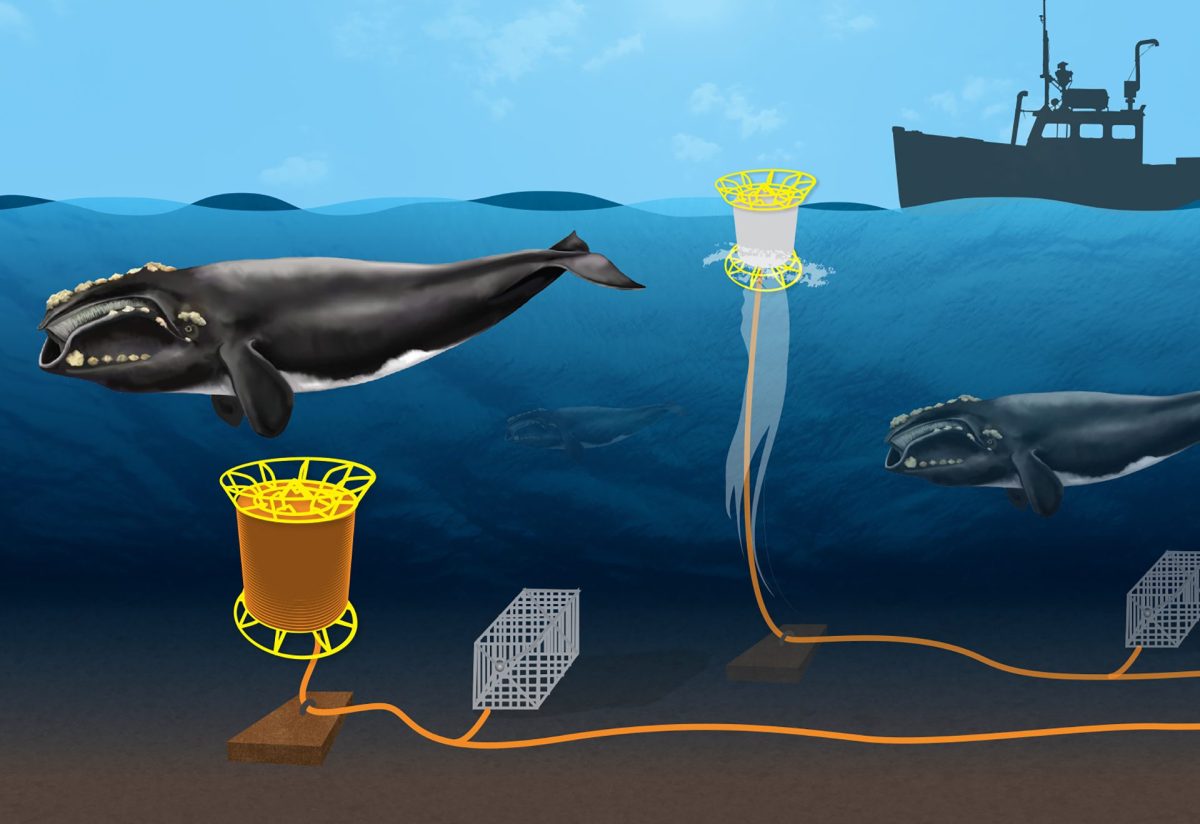
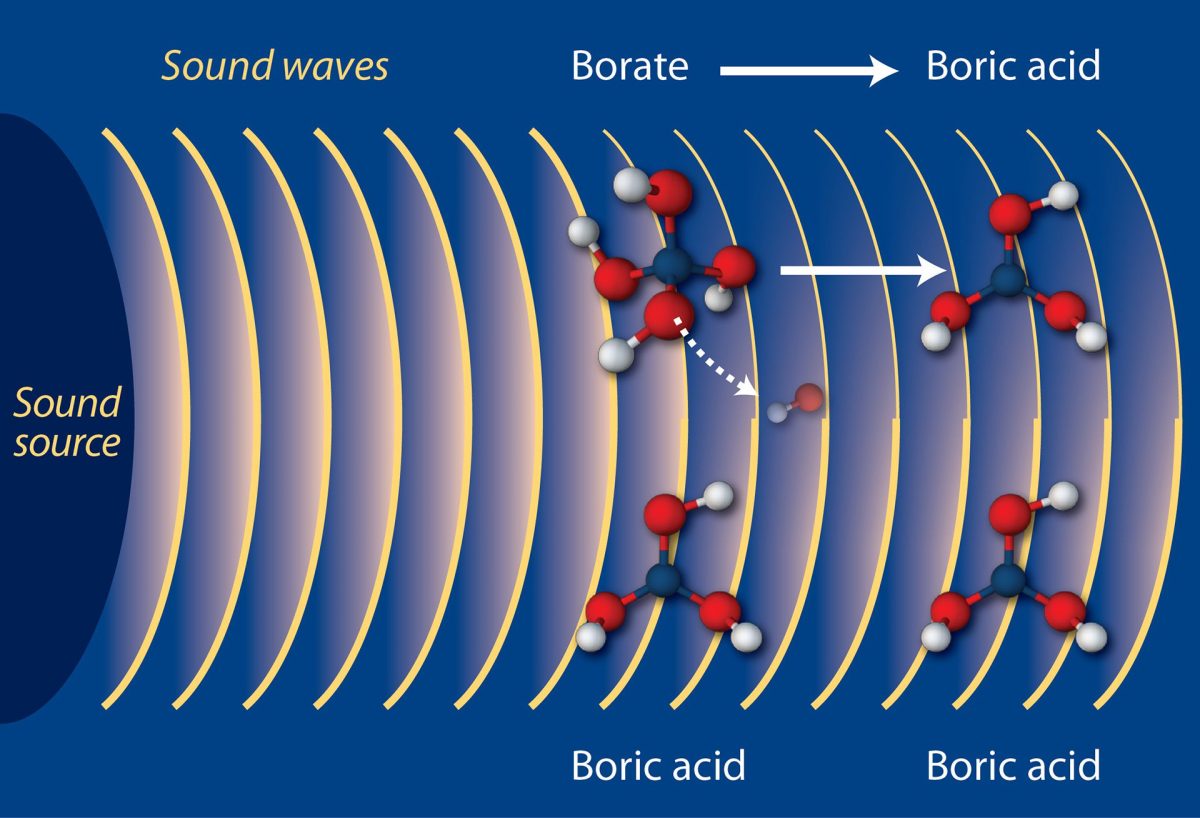
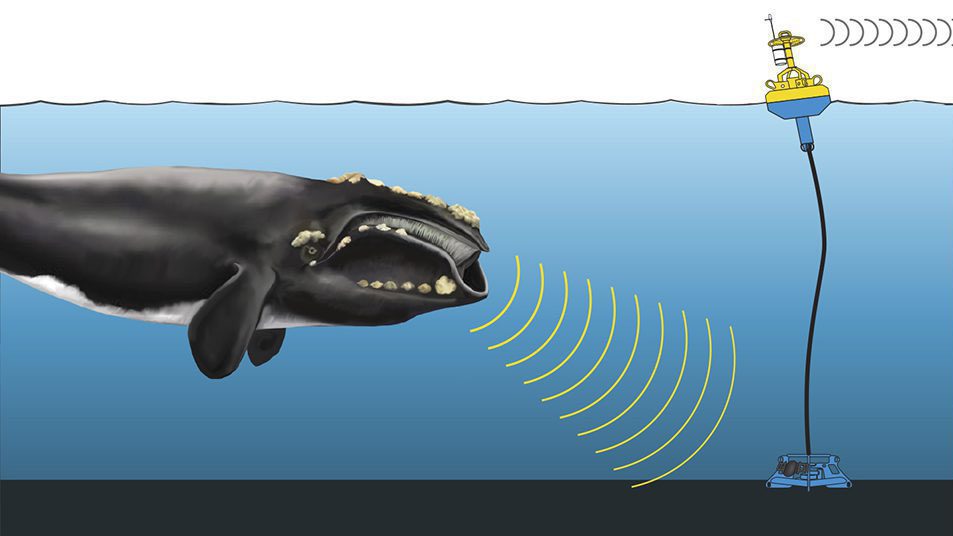
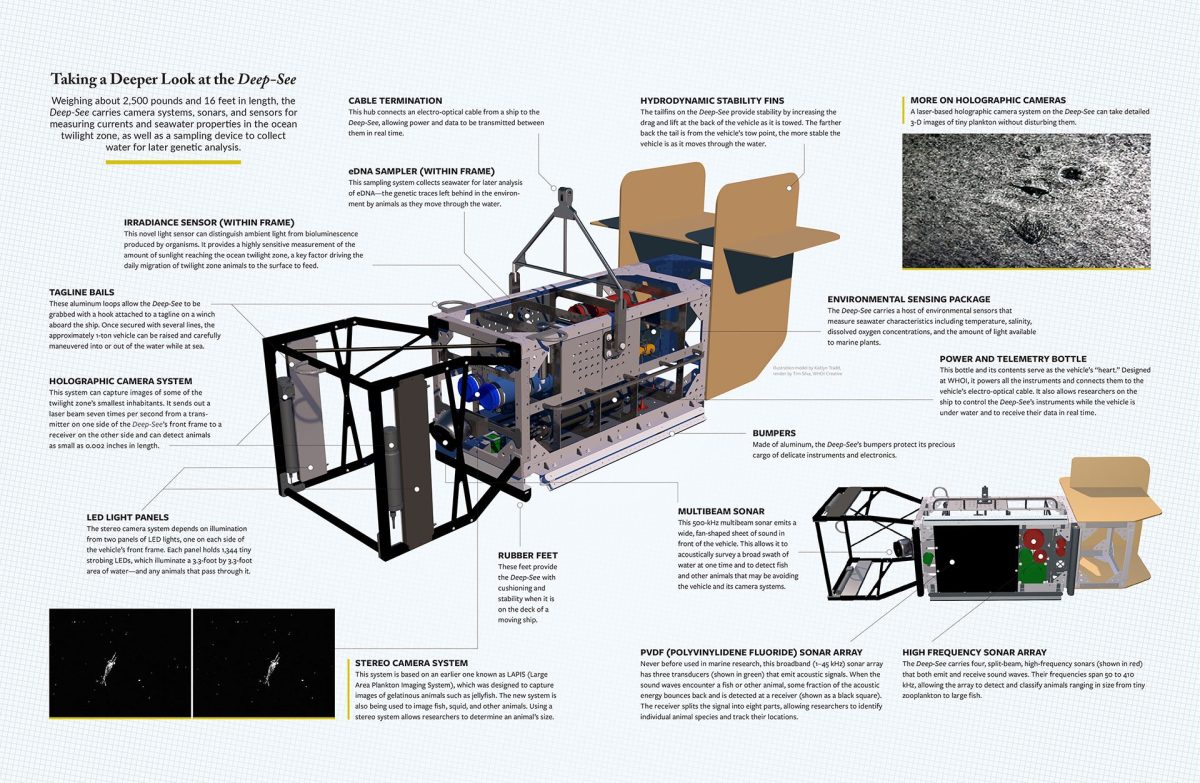
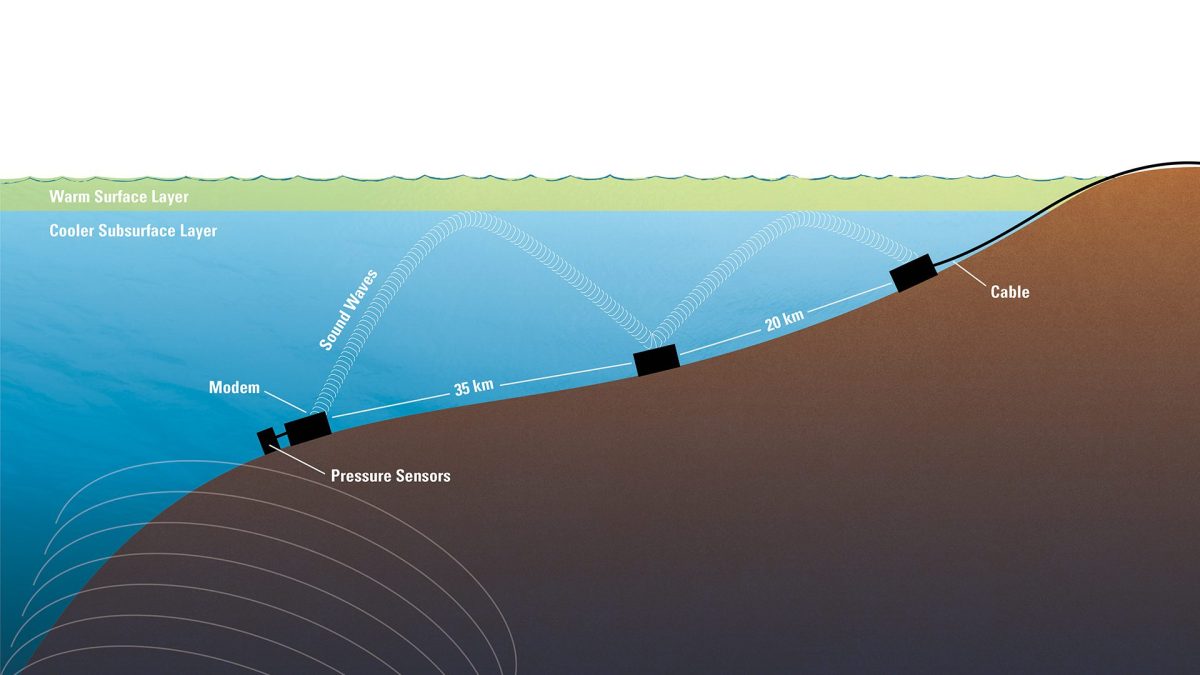

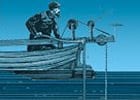
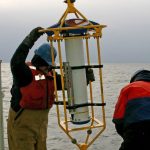 Acoustic Doppler Current Profiler (ADCP)
Acoustic Doppler Current Profiler (ADCP) 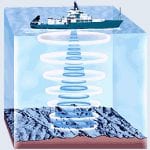 Sonar Single Beam
Sonar Single Beam 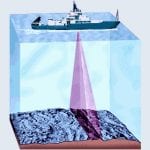 Multibeam Bathymetry
Multibeam Bathymetry 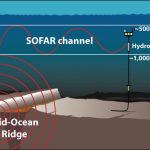 Autonomous Hydrophone Array (AHA)
Autonomous Hydrophone Array (AHA)